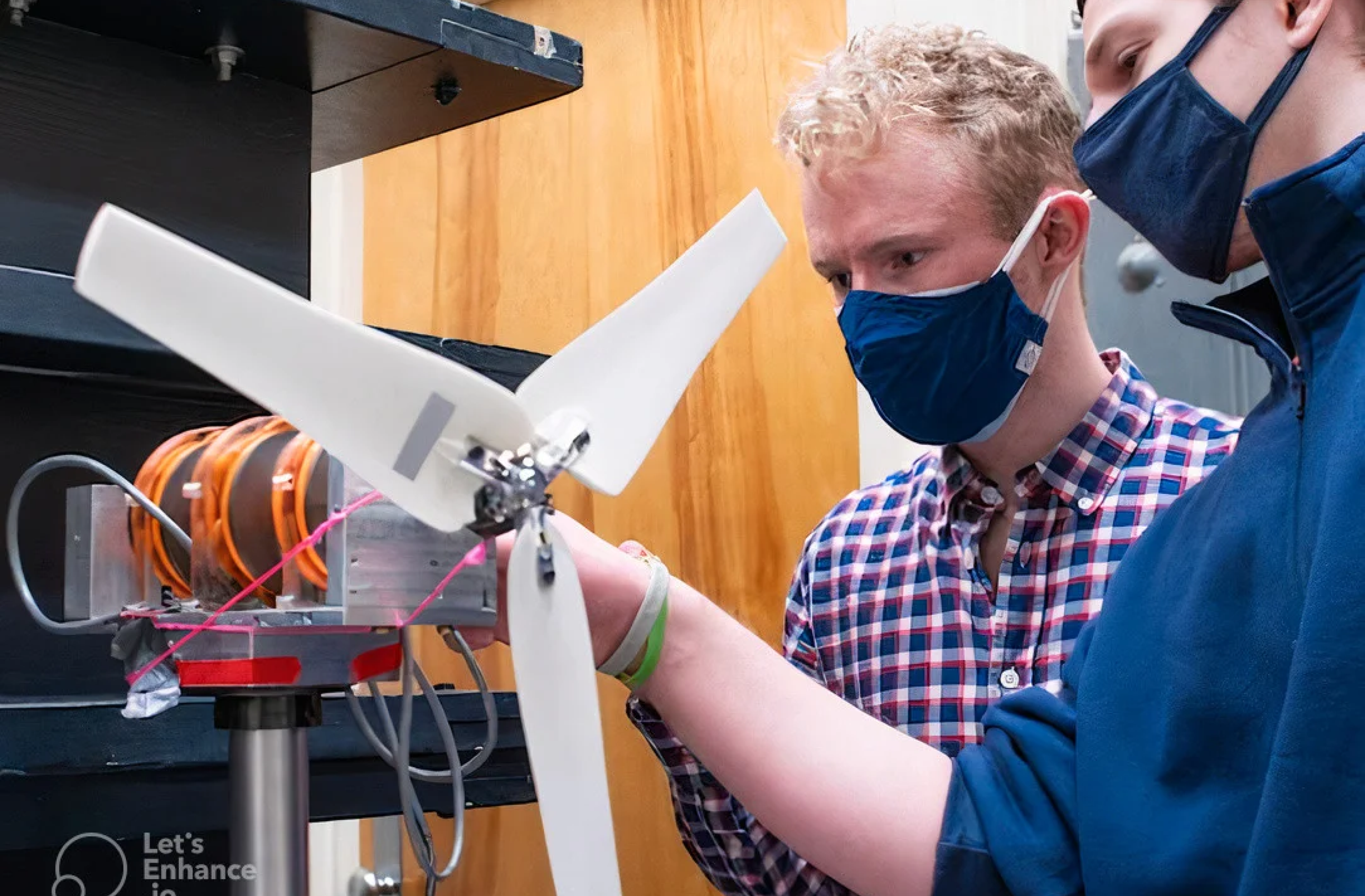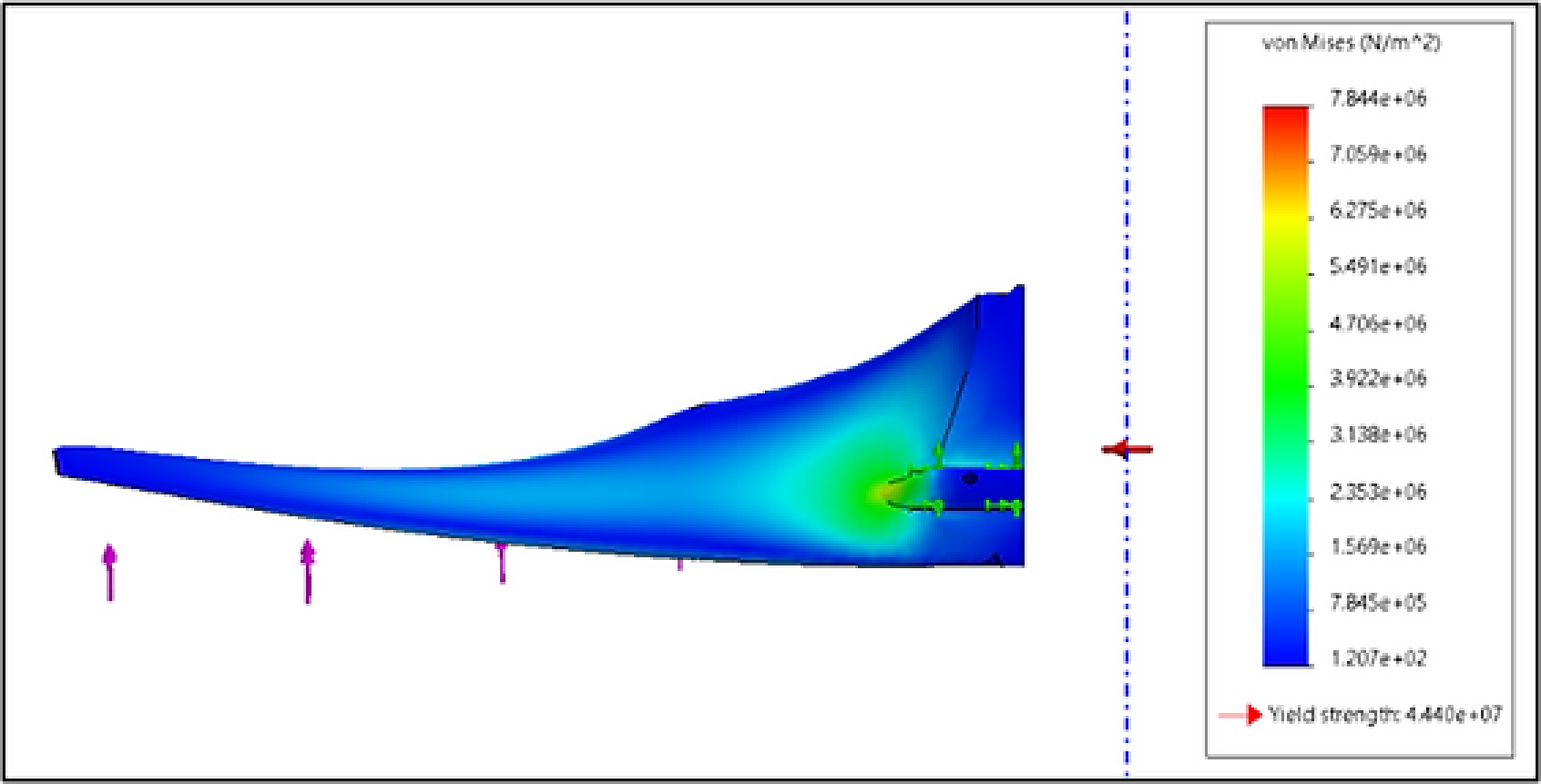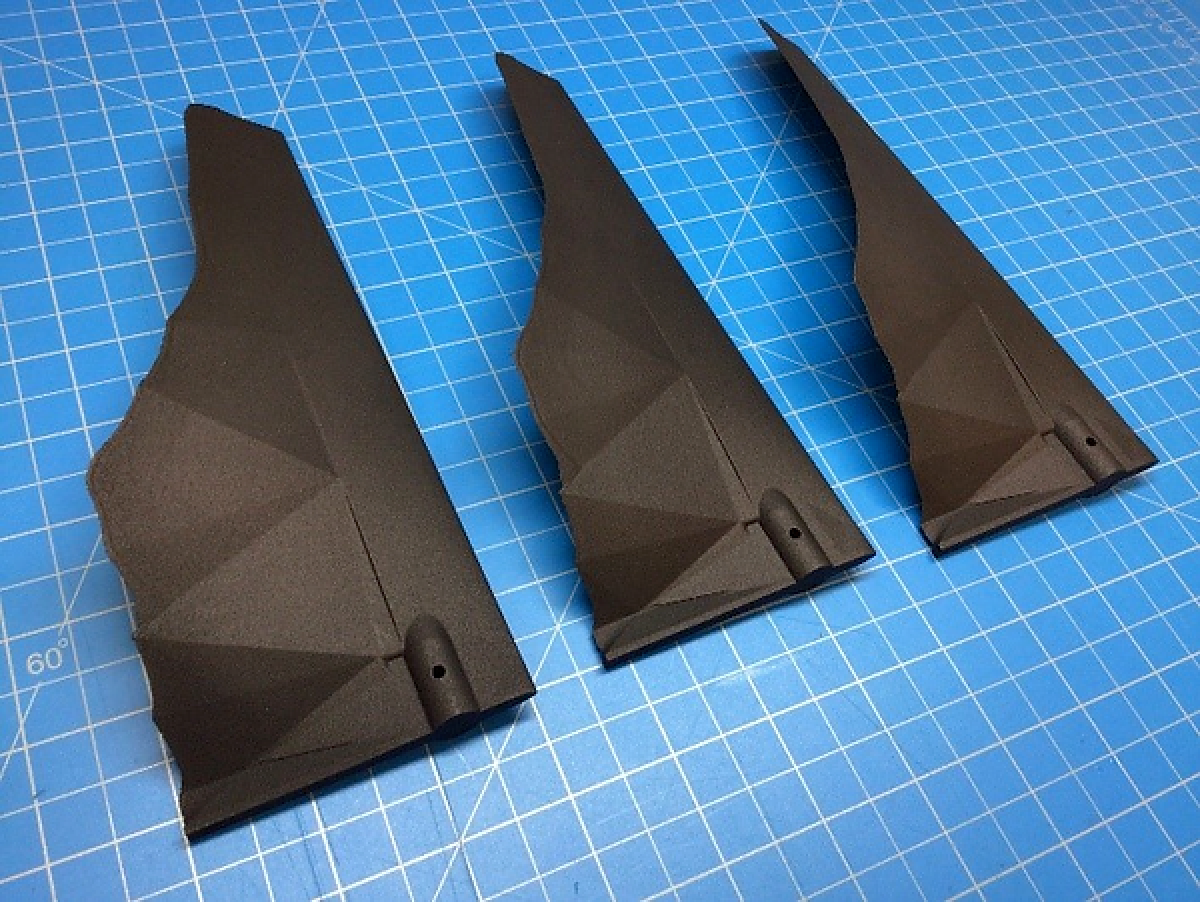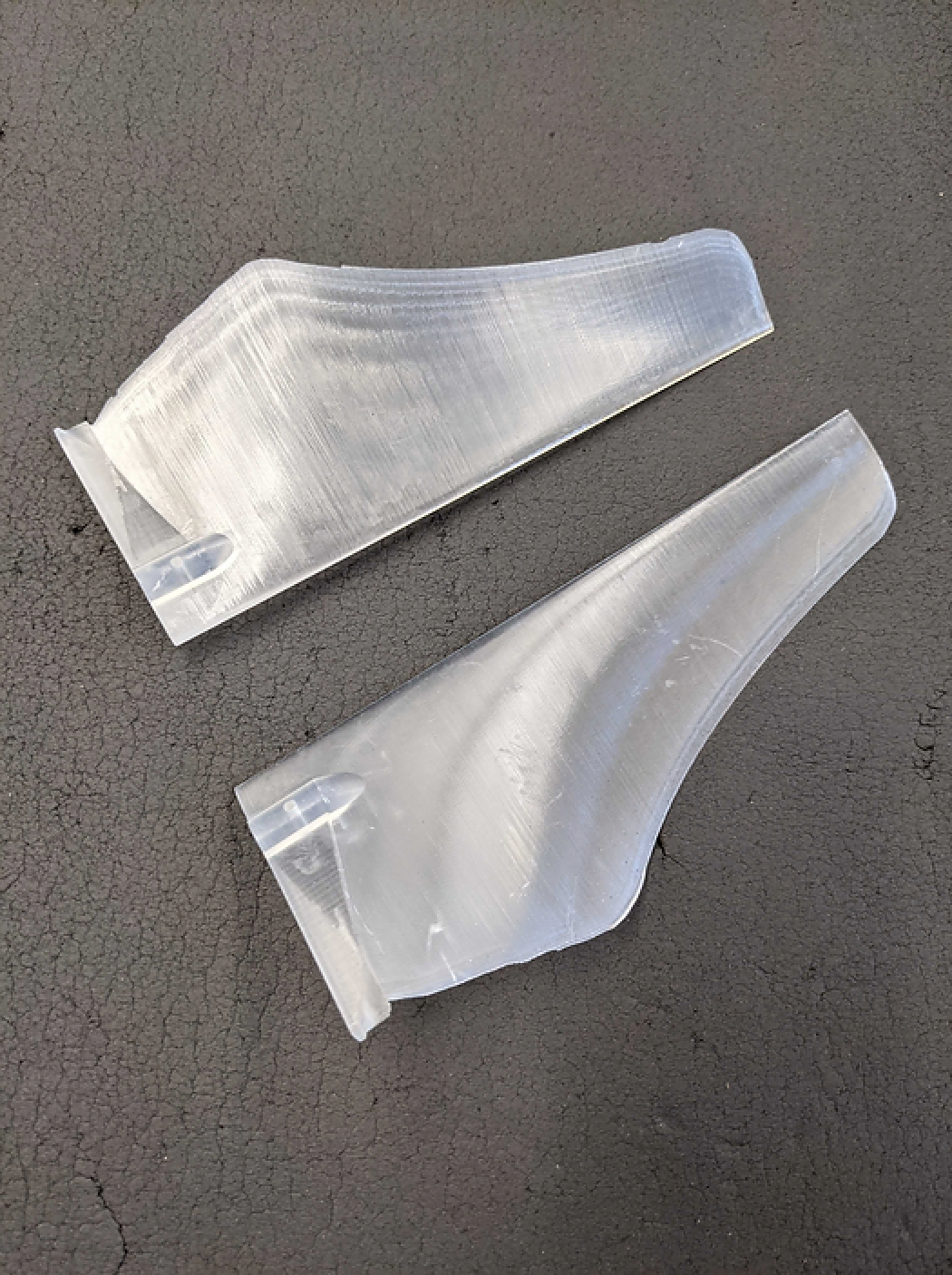Wind Energy Research
Time: August 2020 - June 2021
Role: Aerospace Engineer on large team
Tools: XFoil, XTurb, SolidWorks, FEA

SUMMARY
Through the Penn State Wind Energy Club, we competed in the Collegiate Wind Competition run by NREL and other sponsors to create a miniature working wind turbine for a specific region. Each year, the requirements for location, power, and other factors vary. This was for an on-shore wind turbine based in Colorado. The goal was to change from the current three blade design to two with a new airfoil, while still achieving the required power for competition standards. Our team took first place overall in the competition for Summer 2021. I served as Penn State Wind Energy Club Treasurer the following year and have been advising on the team since.
PROBLEM
The problem for this competition was to build and on-shore wind turbine based in Colorado for the Collegiate Wind Competition. There were specific power, size, and other requirements given that needed to be followed. Specifically, the turbine needed to be designed to withstand winds of up to 22 meters per second (m/s). The parts we could use had strict limitations, and confined the design significantly.
RESEARCH
As a part of the aerospace team on this project, the main research involved deciding on a new airfoil to use for this two blade design in order to withstand the required wind and power. Using XFoil and XTurb, the team and I tested over 100 different airfoils.
PROCESS
Once the airfoil was decided, I was tasked with building the new blade in SolidWorks. We had been using the same blades for many years, so no one at Penn State knew how to model a new blade. This was a challenge set for me to figure out. I was able to import the text files with the x and y coordinates of the airfoils and map it to a 2D design. This was done about 52 times with space between each one and set at a certain pitch. Once extruded togeter, the new blade was formed.

The blade was then tested in SolidWorks to make sure it could withstand the required load caused by the wind. While there were some concerns around the connection to the hub piece, the blade was still strong enough for the required force.

The file was sent to an outside source to be 3D printed with a strong, stiff material. However, the printer could not handle the thin edges of the blade and resulted in a geometric pattern. This was not ideal for a wind turbine blade, since it no longer represented our airfoil and would not maintain the ideal flow.

The blades were then going to be tested till failure to decide the factor of safety. Even though we were planning to have them reprinted, we needed to test this anyways because of time restraints. This is where another issue arose - the blades were not stiff enough. When weight was added, the blades would bend significantly. This was also a good detail to know for the next iteration to make sure the material is changed. Still, the blades maintained a high factor of safety, even when attached to the hub piece.

The blades were reprinted and this time were as smooth and stiff as intended. Due to time, the new blades came a bit later and were not able to be tested on our wind turbine model.

The electronic and aero team came together to test the final version in the Penn State wind tunnel. While the blades were quite faulty, the turbine still performed well. Since this was during the pandemic, it was understood that students would have limited access to labs and the competition would be online. It was for our creative problem-solving and quick thinking that our team was still able to take 1st place at the competition that summer.
